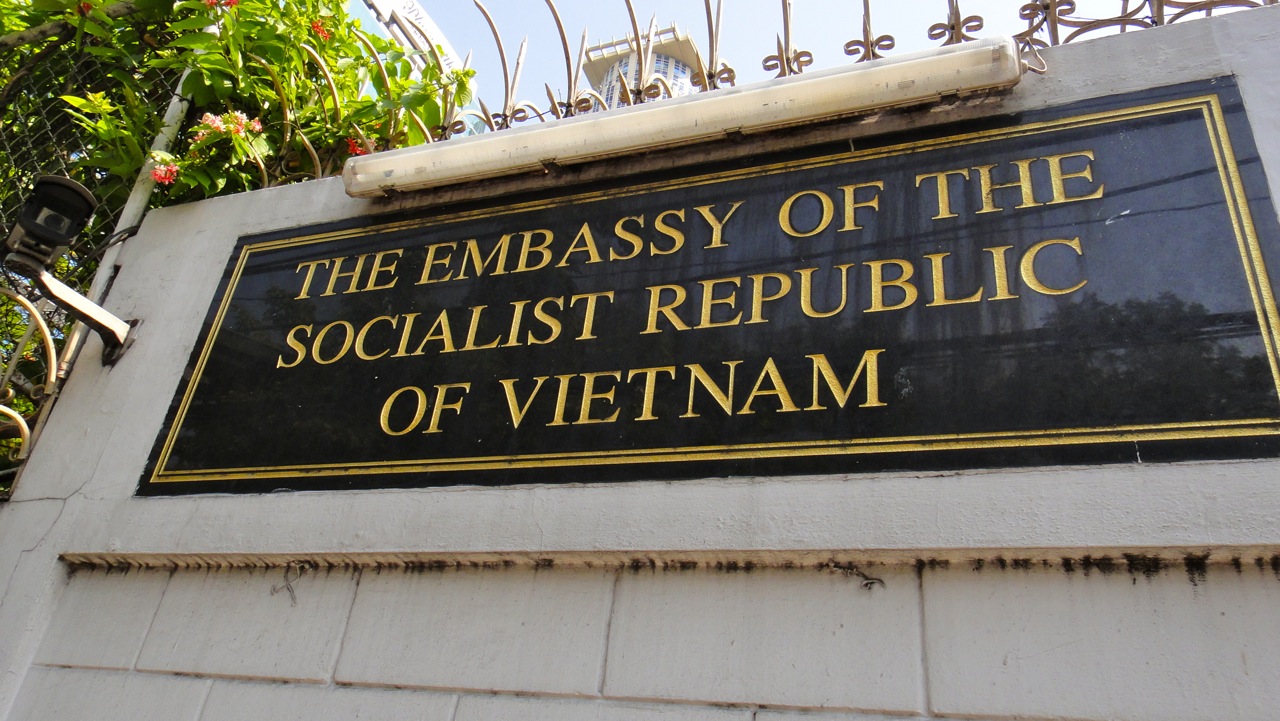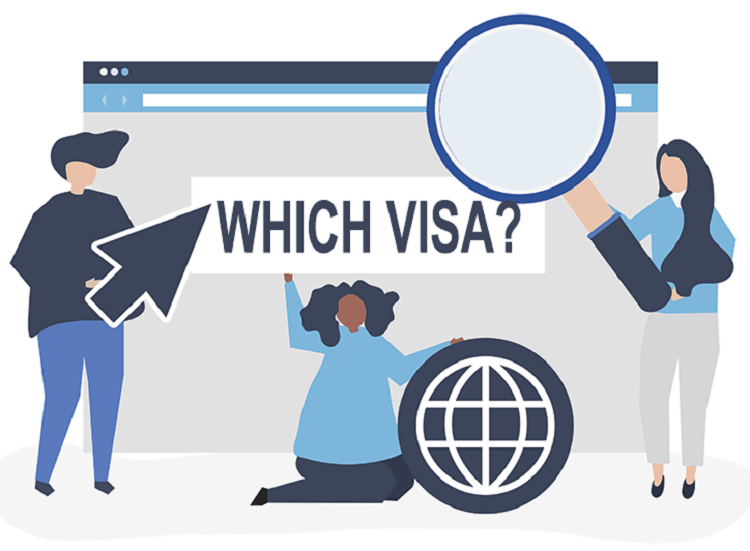
Photo: Collected
One of the methods to obtain a visa for entry and exit to any foreign country is visiting that country's embassy/consulates in person. That’s why it can be very beneficial to acquire knowledge related to them, from the definitions to the exact addresses that you can refer to. Without further ado, let us walk you through this handy article!
1. What are embassies and consulates?
Although they both belong to diplomatic missions of one country located in foreign countries, the main difference between embassies and consulates is that embassies are the major representative - headquarter in diplomatic, political, and economic affairs which are positioned in a capital city whereas consulates are smaller - branches and often follow the guide of embassies from other cities.
2. How do you know where to go for Vietnam visa applications?
Actually, in most cases, you can tell that Vietnam embassies and consulates serve the same purposes, namely they can give you detailed information and lead you through the visa grant process.
However, you should definitely check out the authority in charge via official websites first and opt for the places nearby where you live for your convenience.
*Extra tips: You can also contact embassies/consulates through phone number or email address before visiting to save time and money.
3. What to bring?
Please prepare documents in accordance with the guidance on the embassies/consulates’ websites. If you are not clear at any point, make sure to ask for help!
Generally, here are some documents required by any embassies/consulates:
* Extra tips: At embassies/consulates, you may have to attend a compulsory interview after submitting documents. Be ready and showcase positive and polite attitude.
4. List of Vietnam Embassies/Consulates worldwide
Feel free to check out the list here if you want to get consultations about Vietnam in general and visa applications in particular.
Now, we hope you are confident enough when it comes to Vietnam Embassies/Consulates, no more confusion and effort waste. Also, pay attention to our extra tips that maybe can help you to prepare better for your trip to Vietnam!
You can refer to our eVisa and Visa On Arrival (VOA) service for a quick and easy Vietnam visa applications!
If you want to know more about our services, please do not hesitate to contact us at:
Phone: +84.28.6685.1315
Hotline: +84.357.522.522
Email: sales@vietnam-immi.org

Photo: Collected
E-visa and Visa On Arrival are the two convenient methods for foreigners to get a Vietnam Visa without the need to visit Embassies/Consulates in person.
In case you are confused about which method to choose, this below table will provide you with an overview of the similarities and differences, as well as some advantages and disadvantages of each type of visa.
In terms of similarities,
In terms of differences,
|
Criterion |
E-visa |
Visa On Arrival |
|
Entry purpose |
All kinds of purposes |
Only for tourism and business visa |
|
Entry validity |
Up to 90 days for single or multiple entries |
- One or three months for a single entry - One or three months for multiple entries |
|
Fees |
Government fee (non-refundable) |
2 types: Process fee (visa agencies’ fee) and Government fee |
|
Official website |
This is government website to apply for E-visa: https://evisa.xuatnhapcanh.gov.vn/trang-chu-ttdt |
No government website to apply for Visa On Arrival. The visa on arrival service is provided by a private agency. |
|
Entry ports |
33 ports including airports, seaports and landports |
8 international airports |
|
Process |
You can present your printed E-visa or the registration code at the entry port |
Make sure to keep in hand your “Visa Approval Letter” to get accepted at the entry port |
|
Advantage |
For those wish for flexible trips or their desired entry port is seaports or landports |
For unavailability to visit Vietnam Embassies or want visas for many subjects at the same time. |
|
Disadvantage |
You are required to enter/exit through the specified entry and exit points in your eVisa. If there are any changes to these ports, a new eVisa must be obtained. Each application is valid for a single individual only |
There might be a waiting period of 30 minutes to 1 hour at the Vietnam airport for visa stamping. However, our Fast-track service offers a solution to expedite this process |